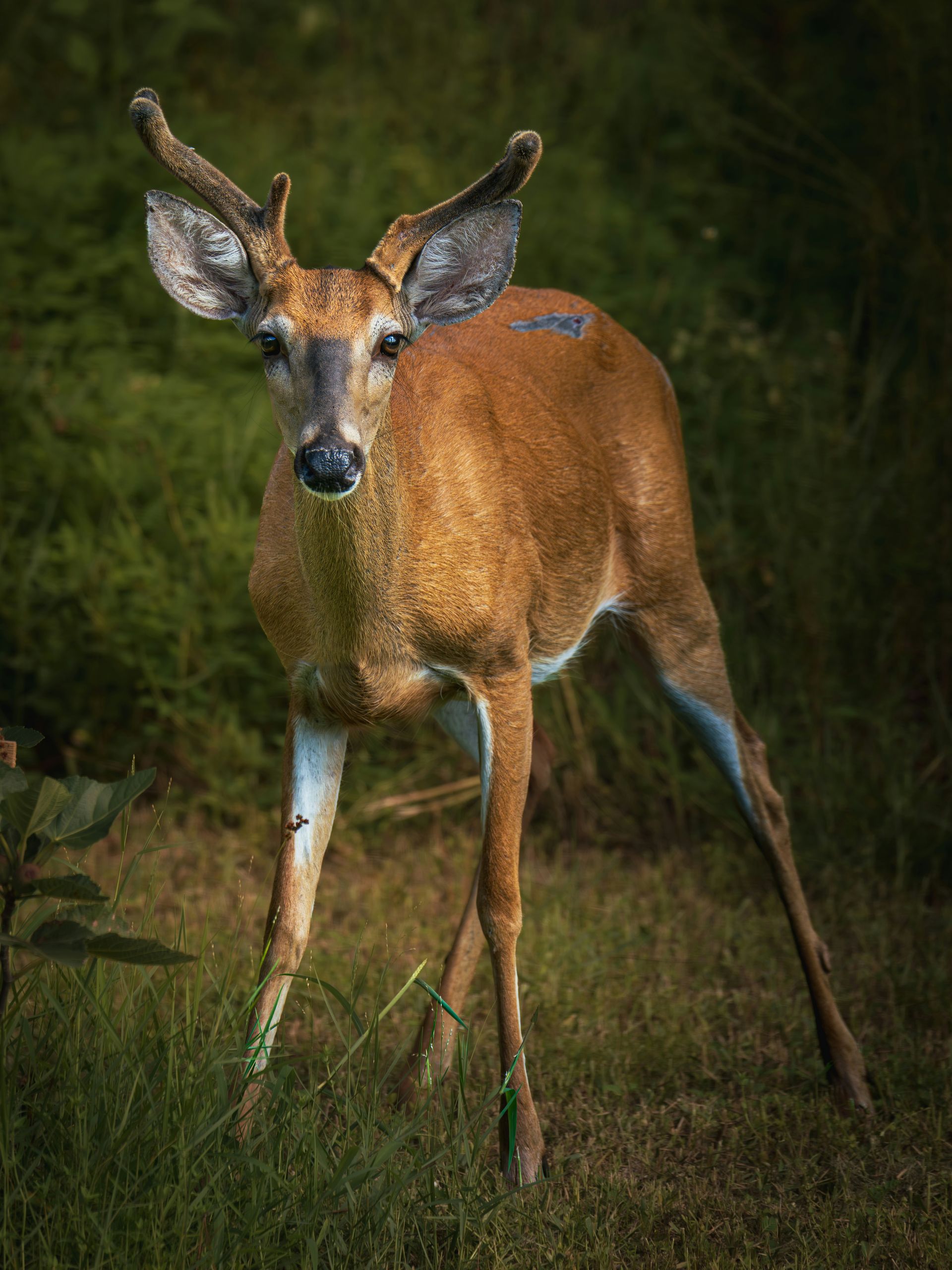Deer Rut and Salvage Tags
As we approach Michigan’s deer rut season this fall, it is important to understand the behavioral changes associated with this phenomenon. The Michigan Department of Natural Resources reports nearly 2 million deer in the state with more than 58,000 deer collisions in 2022. The state of Michigan campaigns to not veer for deer as this may lead to worse accidents and include other motorists. Anyone driving in a motor vehicle should always drive with caution, especially as we move into the deer rut season. Additionally, safe driving practices like using a seat belt and driving sober are continually important on roadways.
Behavioral Changes
Typically, deer are most active at dawn and dusk with peak activity occurring April to June and October to December. During the fall period, bucks are looking for does in or near estrus for the breeding season. Most buck movement occurs at the start of rut when they are in the searching and chasing phase as does in this stage are less common than at peak rut. Biologically, does go through hormonal changes which attract bucks causing the initiation of this phase of rut associated with carelessness. These hormonal changes are dependent on the annual photoperiod cycle rather than the environmental conditions per the Deer Ecology and Management Lab at Mississippi State University.
While driving, there are certain conditions to look for when trying to optimally avoid deer. While being alert and aware are the best practices, you can also utilize high-beams and identify deer crossing signs. If one deer crosses a road, it is best to slow and check for others before proceeding with care as they typically cross in a single file line. Alternatively, if there is overgrown vegetation near the shoulder of the road or visibility is limited, you can also identify a critter with their glowing eyes when headlights are shining.
Vehicle Collision
In the unfortunate event your vehicle is damaged by a crossing deer at any point of the year, knowing the next steps can be helpful. After a collision, indicate your flashers and safely move out of the line of traffic whenever possible. If you can’t move the vehicle, turn on the hazards and safely exit the vehicle to stand out of the way of traffic. When you are safe, call the police to report the incident. You can then file a claim with your insurance company after a report is filed.
However, you may be able to try to make the best of a bad situation. If the deer died in this interaction, you could harvest the individual with a permit. The Michigan DNR offers roadkill salvage permits for instances like this allowing the resources to not go to waste. This free permit requests information like driver’s license ID, location, sex, and a description of what happened. Once you get your salvage permit, you can freely harvest the deer. If you are unable to process the deer or do not want it, reach out to friends or family who are hunters.
Management
One way of managing deer herds is controlling population size through hunting efforts, which also helps put meat in the freezer. Hunting is a good way to get into nature and help control the population as an effort to minimize vehicle-deer collisions. For definitive control, it is best to target the does of the population which have a larger impact on the number of offspring the following year. If you want to contribute to this management but don’t have the space at home, you can donate to a participating meat processor from the donation list drafted by the DNR. Keep your eye on the DNR hunting regulations for future season dates and other helpful information. If your child is interested in learning hunter safety, consider signing them up for our youth summer camp when the 2025 season opens in February!
To learn more about deer-vehicle crashes with a motor vehicle or motorcycle, visit the Michigan DNR site. As always, stay safe and educated on topics like this.
Recent Posts



